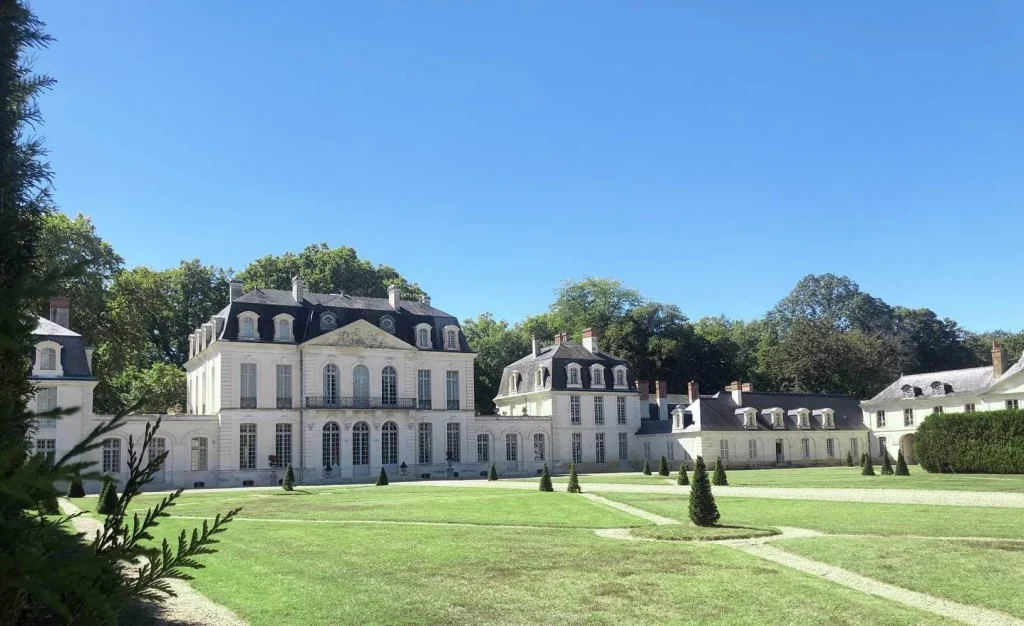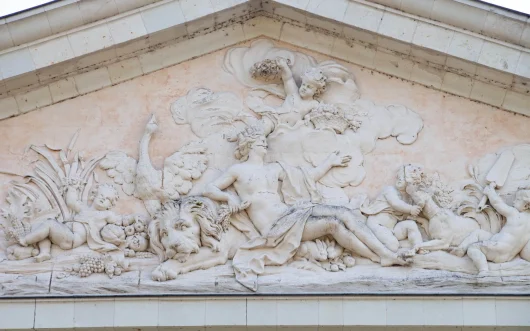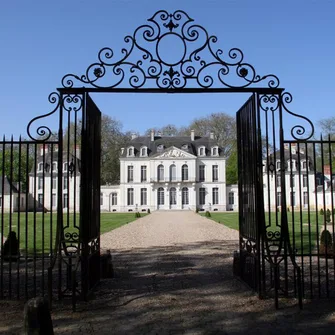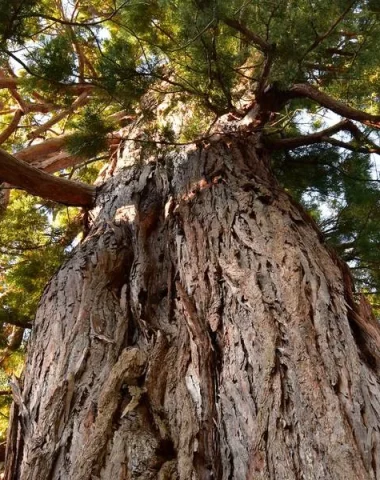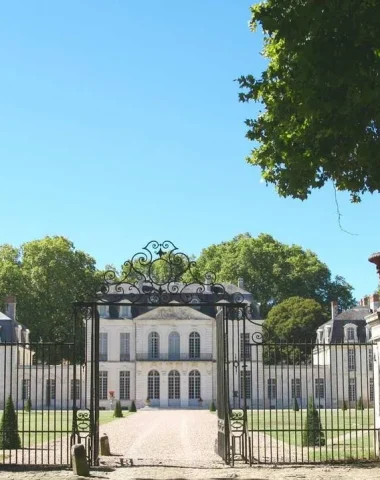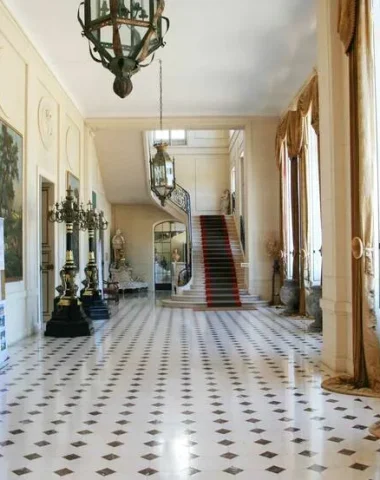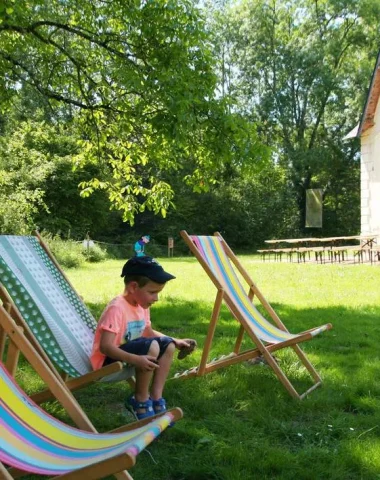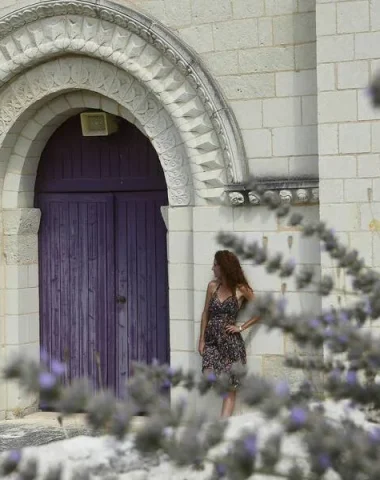Located in the Vienne valley, north of Châtellerault and at the gateway to Touraine, the commune of Les Ormes is steeped in history. The heritage jewel of Grand Châtellerault, the commune of Les Ormes has survived the years with brilliance and philosophy. Several personalities have set foot on the land of the commune: Antoine Martin Pussort, Advisor to the king and uncle of Colbert, his brother Henri Pussort (also close to the king), Marc-Pierre d'Argenson, Voltaire and even Rodolphe Salis and thus participated in building its heritage and reputation. The construction of the castle in the 17th century marks the rise and development of the town. Economic activity and the number of inhabitants are increasing.
The town hall
This 1995th century residence is built of tuffeau and Chauvigny limestone. The architecture and plan of the estate demonstrate the richness of the place for the time: outbuildings housing the caretakers' house with a bread oven still in working condition, garages, a stable, a saddlery and a kennel. The main building will house the Town Hall of Les Ormes in XNUMX.
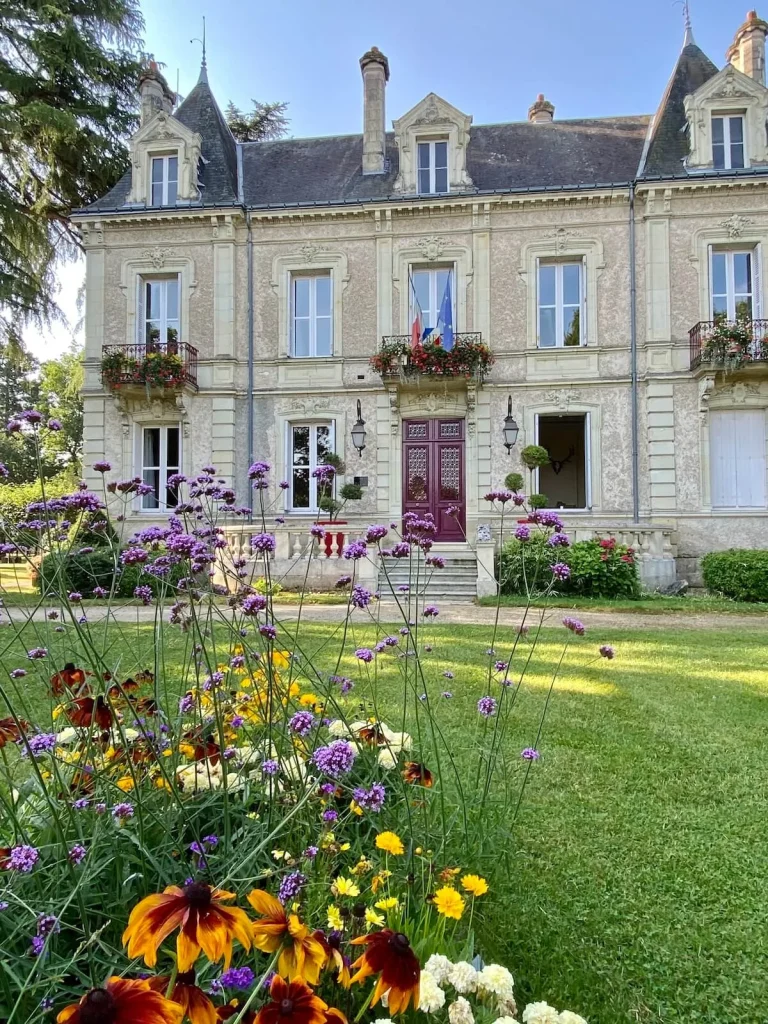
The park
An integral part of the estate at the time, this one and a half hectare park is dotted with several species of trees, some of which are considered rare and remarkable. A cork oak and a medicinal lime tree sit alongside a recently planted araucaria and a Gingko Biloba. Educational panels allow you to identify them, and even recognize their leaves by touch, thanks to relief illustrations. THE FAIRGROUND Opposite the municipal building is the fairground square. A place of entertainment at the time, it hosted a large fair every month until 1950 where horses, oxen, donkeys, pigs, etc. were sold.
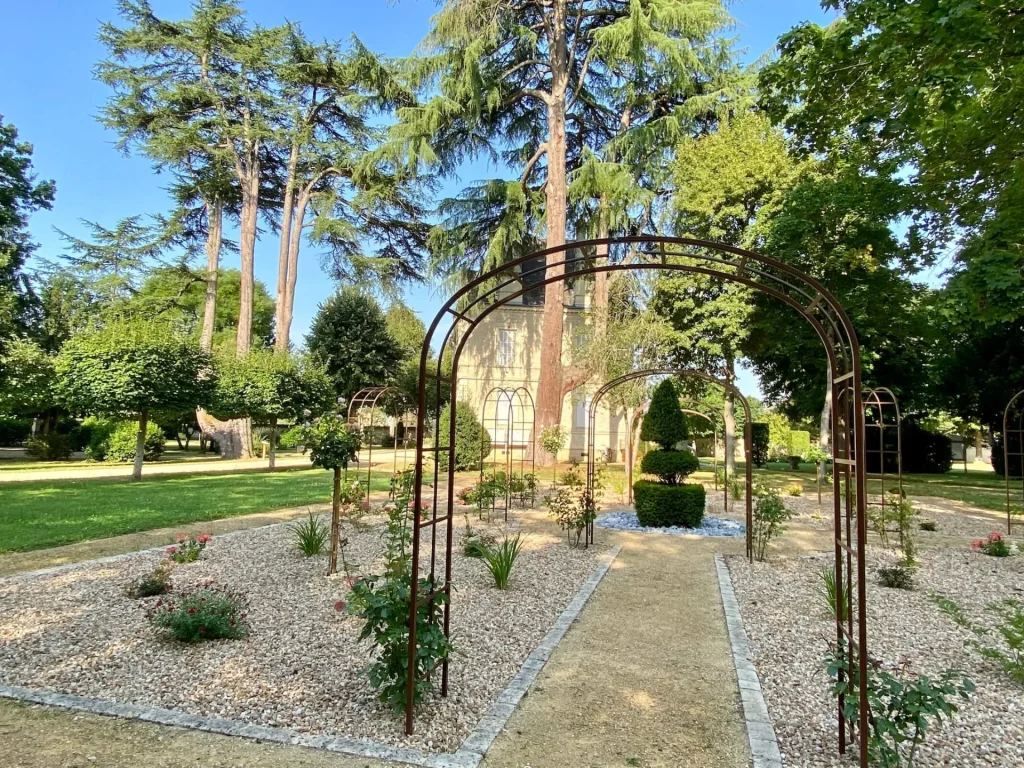
The wash house
The wash house is fed by a constantly gushing natural spring. It used to be the meeting place for ladies and their “cassettes” (small boxes which were used to kneel while protecting themselves from splashes) who went there to wash their laundry and exchange news from the village. Today, tables and benches dot the landscape, ideal for a relaxing break facing the Vienne.
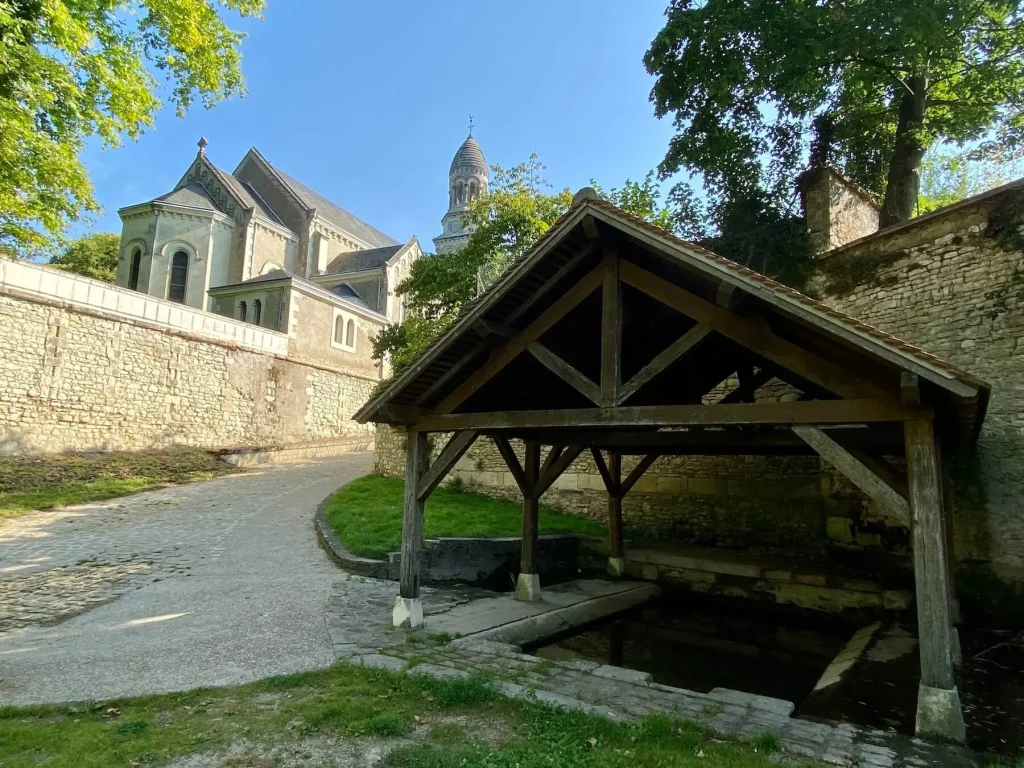
The church
The Saint-Martin-et-Sainte-Marguerite des Ormes church, as it appears today, was built in the 19th century after having been rebuilt for security reasons. Recognizable for its neo-Byzantine style, appreciated today, it was nevertheless disconcerting for the time.
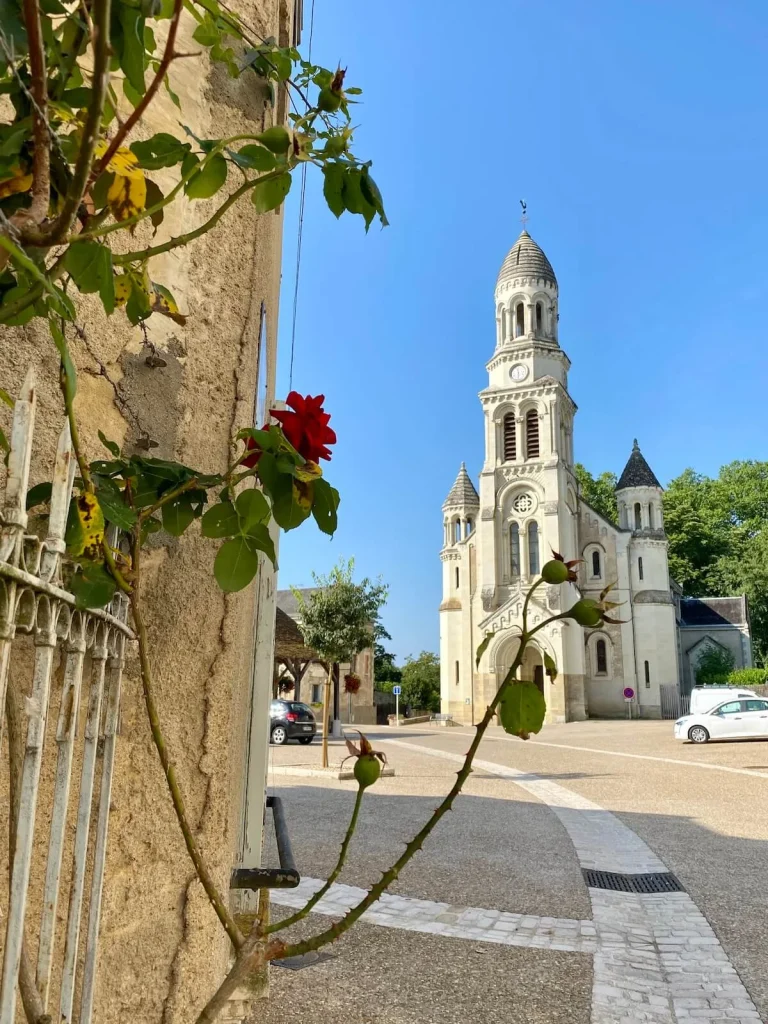
Halls
Listed as a Historic Monument since 1934, the Halles sheltered during the Fair days, women who came to sell their farmyard animals. In the XNUMXth and XNUMXth centuries, small offenses punishable by fines or corvées were also settled under these halls, the Pussort brothers having built these lands into a Barony with rights of halls and justice.
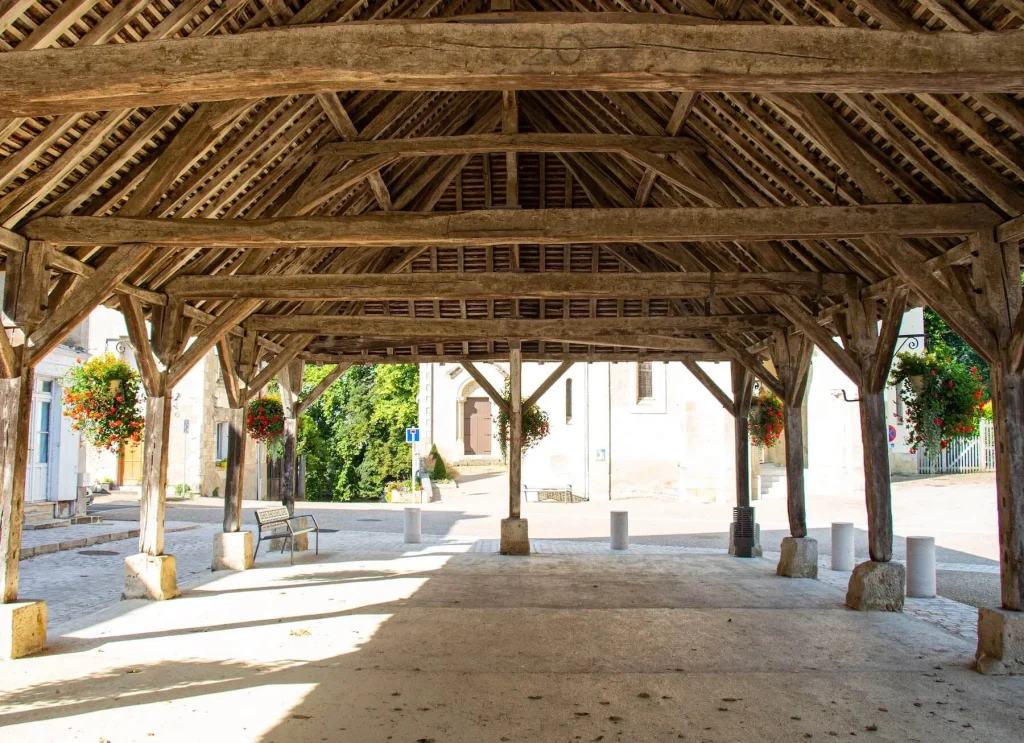
Horse Post
This stopover on the road to Spain was created by the Count of Argenson in 1764, in order to transport mail and travelers. Respecting the standard plans of the time, there is a large pool for horses in the center of the large courtyard. All around are distributed: the saddlery and the postilion room (on the right), and the hostelry, the dwellings, a large stable and two smaller ones (on the left). The horses from the stud farm were housed at the Horse Post, which explains the size of this place. The Post Office was listed as a Historic Monument in 1994. Open: from July 21 to August 27 and from September 2 to 19.
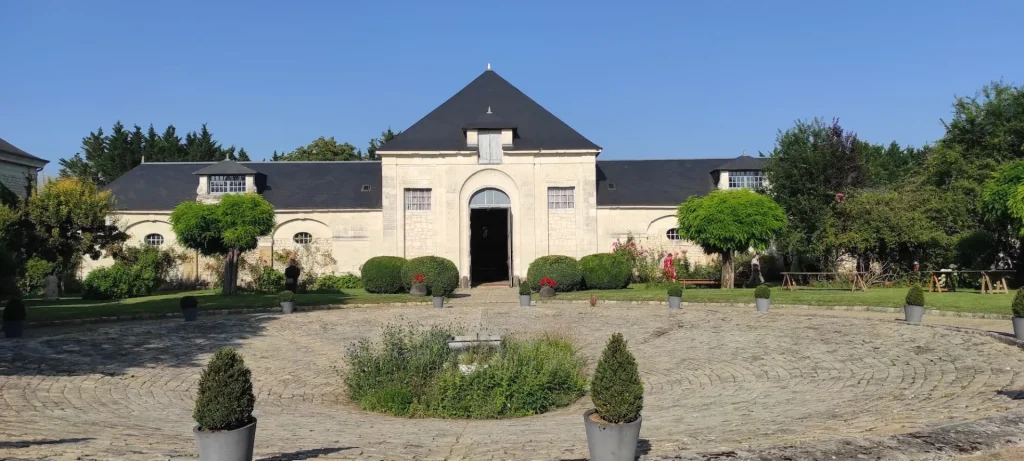
POI-> Horse post
The sheepfold
This vast barn dates from the 18th century. Despite its name, it actually housed the crops. On the facade are represented Cybelle, the goddess of fertility leaning on a lion, an animal found on the d'Argenson coat of arms.
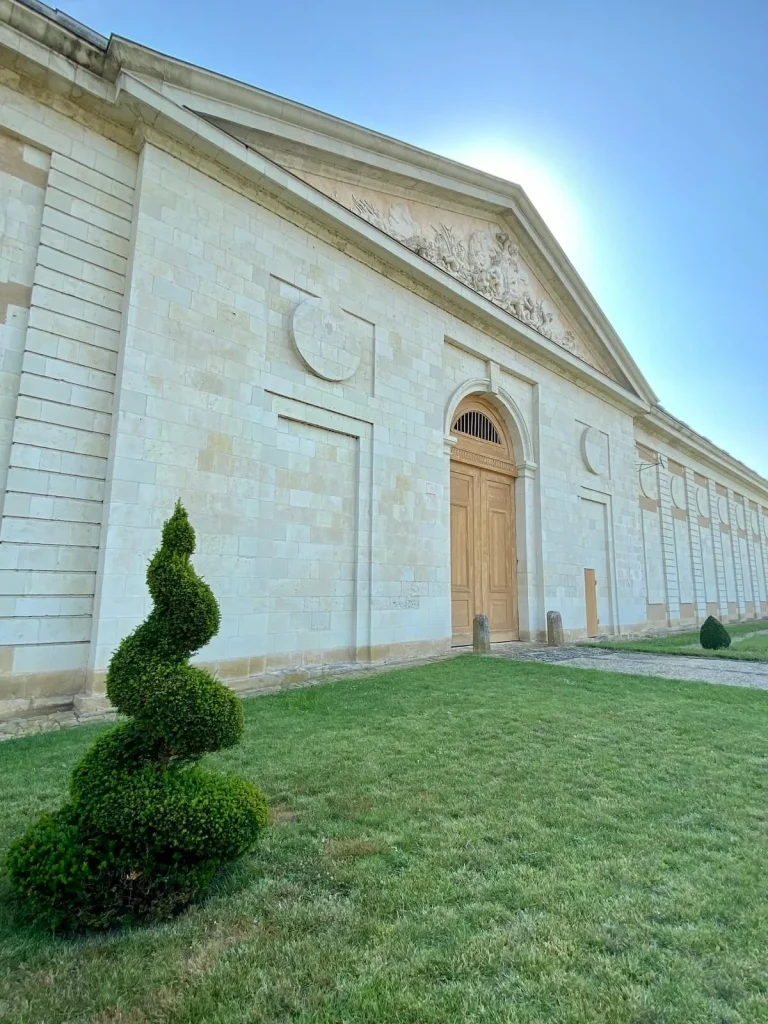
The Château des Ormes
In 1642, the King's advisor and Colbert's uncle, Antoine-Martin Pussort, acquired the estate and began the construction of a vast building, made up of seven pavilions with French-style gardens. The castle remained in the family until 1697. In 1729, the Count of Argenson (state councilor, chancellor of the Duke of Orléans and Minister of War of Louis XV), took possession of the Castle. Over the years, it will become one of the intellectual centers of the Age of Enlightenment. Voltaire, Diderot, Rousseau, are among the famous visitors to the Château.
